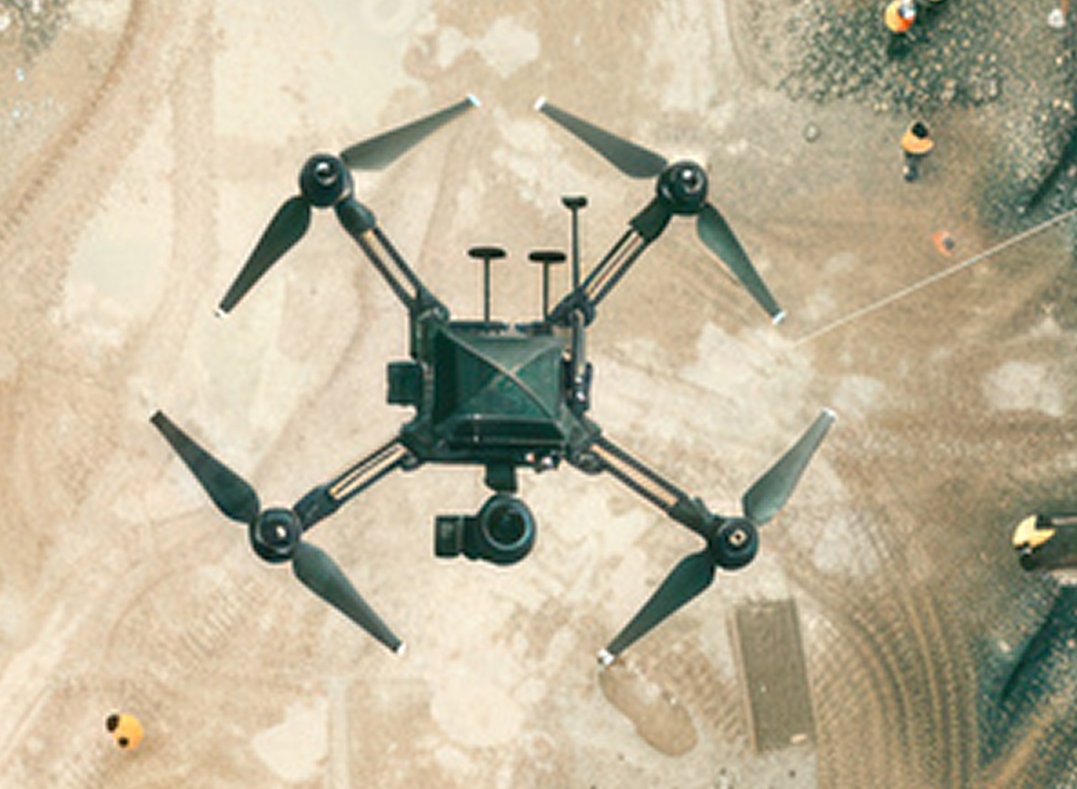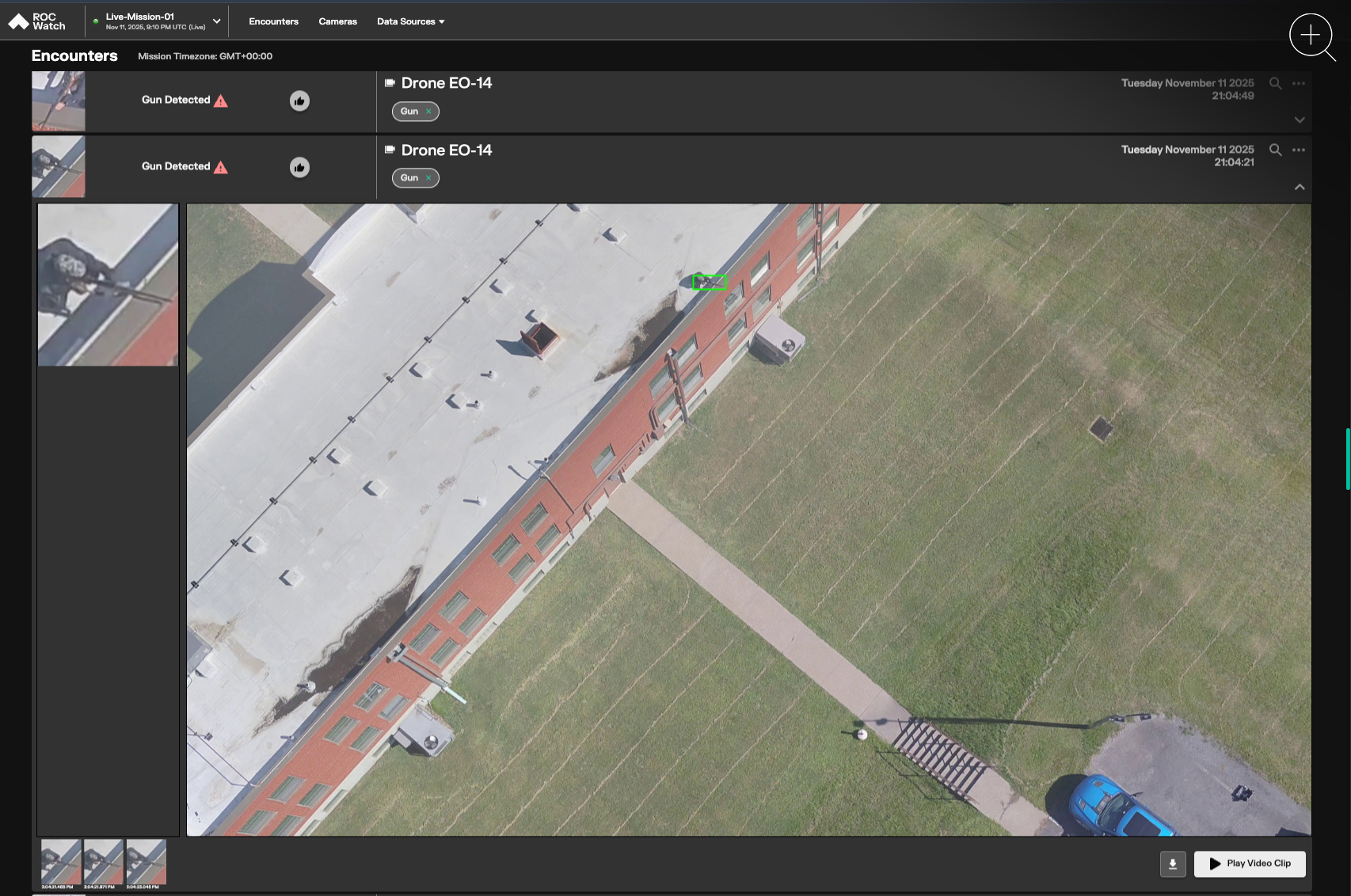The security landscape is changing. The threat is no longer solely concentrated in crowded public spaces or within the four walls of a secure facility. Today, a chilling, asymmetrical threat is emerging, one that leverages altitude and distance to strike targeted individuals and critical infrastructure with devastating precision: the rooftop sniper.
The Threat Emerging from High Ground
For too long, our collective security posture has prioritized mitigating threats at the point of impact, a necessary focus, but one that is inherently reactive. We have invested heavily in screening and perimeter defense, yet a critical blind spot remains: the high ground. The secrecy and planning required for an elevated, targeted attack makes it a security outlier, and therefore, a massive vulnerability.
Exploiting Security’s Vertical Blind Spot
This isn’t theoretical; it is a clear and accelerating trend. When we look at recent security incidents, both domestically and globally, we see a disturbing pattern. Attackers are increasingly exploiting elevation to target high-profile individuals, public gatherings, and critical infrastructure. These incidents are not random outbursts. They are acts of calculated, targeted violence, chosen for their high probability of success by bypassing ground-level security. The high ground offers the attacker a critical advantage: anonymity, distance, and a clear line of sight over static security measures. While the tragic events of public mass shootings rightly command our attention, the emerging threat of the elevated, targeted sniper is distinct. It represents a professionalized form of violence that demands a professional, technologically advanced defense. The threat of a lone actor, operating from a building six stories up, fundamentally challenges our legacy physical security models.
From Unsolvable to Avoidable:
AI and Aerial Autonomy
The good news: the crucial difference between this emerging threat and those that once seemed insurmountable is that this is an avoidable problem.
In the past, the technology simply did not exist to practically monitor and secure the vertical and perimeter space of every potential vantage point in a dense urban environment. That is no longer the case. The confluence of two maturing technologies — Vision AI and autonomous drones — has closed the capability gap.
At ROC, we have been at the forefront of this evolution. Our Vision AI, built on ethically sourced datasets and consistently top-ranked by the U.S. National Institute of Standards and Technology (NIST) for both speed and accuracy, is engineered for mission-critical applications. This capability can process vast quantities of video data in real time, detecting and classifying objects, weapons, and human behavior at the edge with unprecedented fidelity. When integrated with increasingly affordable and reliable drone platforms, Vision AI instantly becomes a force multiplier that provides a level of aerial threat awareness previously only available to elite national defense operations. We are shifting from reactive security to proactive, preemptive detection.
Understanding the Sniper’s Vulnerability: Targeted Planning
To defeat this threat, we must understand the core difference between a typical active shooter event and a sniper attack.
In public mass shootings, such as those at schools, concert venues, or clubs, the attack is often random, and the shooter is typically submerged within the crowd or entering the perimeter. Identifying them in the immediate moments before the attack is a significant technical and logistical challenge, requiring sophisticated anomaly detection among thousands of similar people.
A targeted sniper event, however, is fundamentally different. It requires meticulous planning and, critically, a specific exposed, elevated vantage point. Take a rooftop, unguarded high-rise floor, or bell tower for example. The sniper must position themselves in a location that is, by its very nature, an outlier in the urban environment.
This is the sniper’s vulnerability. A rifle or a stationary individual prone on a building’s roof is a clear and distinct anomaly compared to the ambient noise of a busy street, public lobby, or stadium full of people. Vision AI excels at identifying these outliers. By knowing the location of the threat is a predictable, constrained set of elevated points surrounding a protected asset, we can focus our technological firepower with surgical precision.
The attacker’s need for a clear, undisturbed shot is precisely what allows us to preemptively spot and track them.
The Shift from Manual Guards to Autonomous Guardians
Historically, securing these high-value perimeter vantage points was a prohibitively manual, labor-intensive, and frankly, ineffective task. It required deploying expensive human patrols to sweep hundreds of potential rooftops daily — a system prone to fatigue, coverage gaps, and human error.
Today’s technological stack offers a different path.

AI-powered video intelligence and threat detection capabilities, deployed via persistent monitoring systems or fast-response aerial drones, provide a 24/7 autonomous security layer over the vertical space. Vision AI is not looking for a needle in a haystack; it’s looking for specific, identifiable threats or anomalous behavioral patterns — a high-powered rifle or a prone individual in an unusual location. At the same time, intelligently ignoring known-safe activity, like a scheduled maintenance worker.
Crucially, the costs of this technology, from high-resolution cameras and advanced sensors to lightweight, AI-enabled computing at the edge, have fallen dramatically in recent years. Technological deflation has made sophisticated aerial and rooftop security accessible to commercial enterprises, law enforcement agencies, and security teams protecting critical infrastructure. The financial cost of deploying these solutions is trivial compared to the cost of a single life, or the immeasurable damage to national morale and stability caused by a successful attack. We must reject the notion that this level of protection is an unattainable luxury. It is now a deployable standard.
Leading the Response:
How ROC Neutralizes the Sniper Attack
At ROC, we are proud to lead the Western world in Vision AI for both public security and national security use cases. We are the trusted American partner for multiple DoD and federal law enforcement agencies, entities that face this exact threat profile daily.
We have accepted the challenge of transforming a vulnerability into a fortified zone. Our ongoing development and deployment of drone-based sniper detection systems is designed to be easy to deploy, lightweight, and ready to combat emerging threats without requiring massive, slow-moving infrastructure projects. Our approach fuses ROC’s NIST-ranked Vision AI with rapidly deployable aerial assets to provide real-time, actionable alerts the moment an elevated threat is identified.
These capabilities are more than a product launch; it is a commitment to ensuring those who put themselves at risk to serve and lead – from first responders and public figures to civic leaders and industry innovators – are secured from the high-angle attack. The technology exists today to neutralize the high-ground advantage. The time to deploy is now.
Learn more about our face recognition and object detection capabilities.
Future-ready insights.
Straight from the source.
Subscribe for Vision AI insights, product updates, and stories from the front lines of identity and antelligence.




